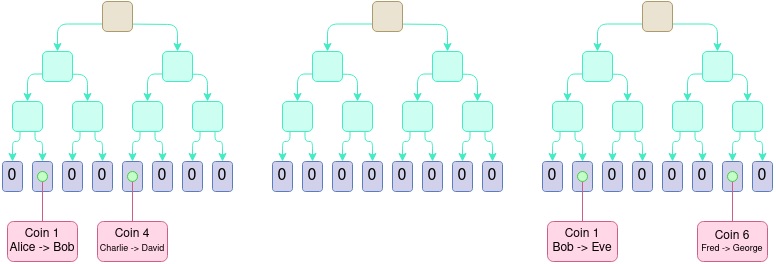As the creator of Ethereum, Vitalik Buterin’s insights into blockchain technology are always worth paying attention to. In a series of recent blog posts and interviews, Buterin has been signaling his belief that an early scaling solution called Plasma deserves a second look thanks to new technical developments.
Plasma was originally proposed back in 2017 as a way to move computations off the Ethereum mainnet and onto separate sidechains, improving throughput. However, it ended up being overshadowed by other Layer 2 solutions like rollups that seemed to solve data availability and connectivity issues better. Over the past few years, Plasma had fallen out of the limelight.
But now, Buterin argues that zero-knowledge proofs like ZK-SNARKs have advanced enough that they can potentially address Plasma’s old shortcomings. Specifically, the ability of validity proofs to cryptographically verify transactions without needing access to all transaction data. As Buterin explains, this could let Plasma live up to its original promise of “completely sidestepping the data availability question” and drastically reducing transaction fees.
Buterin Lays Out Plasma 2.0

In a technical blog post, Buterin delves into details of how an improved Plasma design might work. Building off concepts like Plasma Cash that treat each coin as a separate NFT, advancements in validity proofs could allow for trustless validation of entire Plasma blockchains directly on Ethereum.
This would significantly reduce the workload on users and allow instant withdrawals under normal conditions rather than relying on fraud proofs. Buterin also analyzes approaches like parallel UTXO graphs that could smooth Plasma’s integration with the Ethereum Virtual Machine.
While acknowledging Plasma still faces hurdles supporting more complex smart contract usage, Buterin argues it deserves renewed research as a potential scaling tool alongside dominant rollups. As one of the chief architects of Ethereum, his stamp of approval carries weight in the cryptocurrency community.
What’s Next for Plasma and Ethereum Scaling?
The debate around scaling blockchains is far from over. As activity on networks like Ethereum continues to boom, pressure remains to improve throughput and lower transaction costs. Solutions like rollups and sharding can only take us so far with today’s technologies.
Revisiting creative past proposals like Plasma ensures the ecosystem explores all technical avenues. And Vitalik Buterin’s willingness to revisit old ideas keeps the cutting edge of cryptocurrency problem-solving sharp.
Progress on plasma may unfold slowly while more research is needed. But keeping it on the roadmap means blockchain may yet uncover advantageous scaling paths not yet imagined.
Stay tuned for future breakthroughs by following EXEcrypto and keep up with Vitalik Buterin’s insights that could shape cryptocurrency’s progressive future. And if mentions of Ethereum, the second largest cryptocurrency by market cap, piqued your interest, learn more about its fundamentals and dynamic ecosystem expanding financial possibilities for all.
Vitalik Buterin continues directing minds to blockchain problems worth inspecting more forensically. With Plasma getting another look through validity proofs’ benefits, scaling answers may appear in retrospective places once past for new reasons.